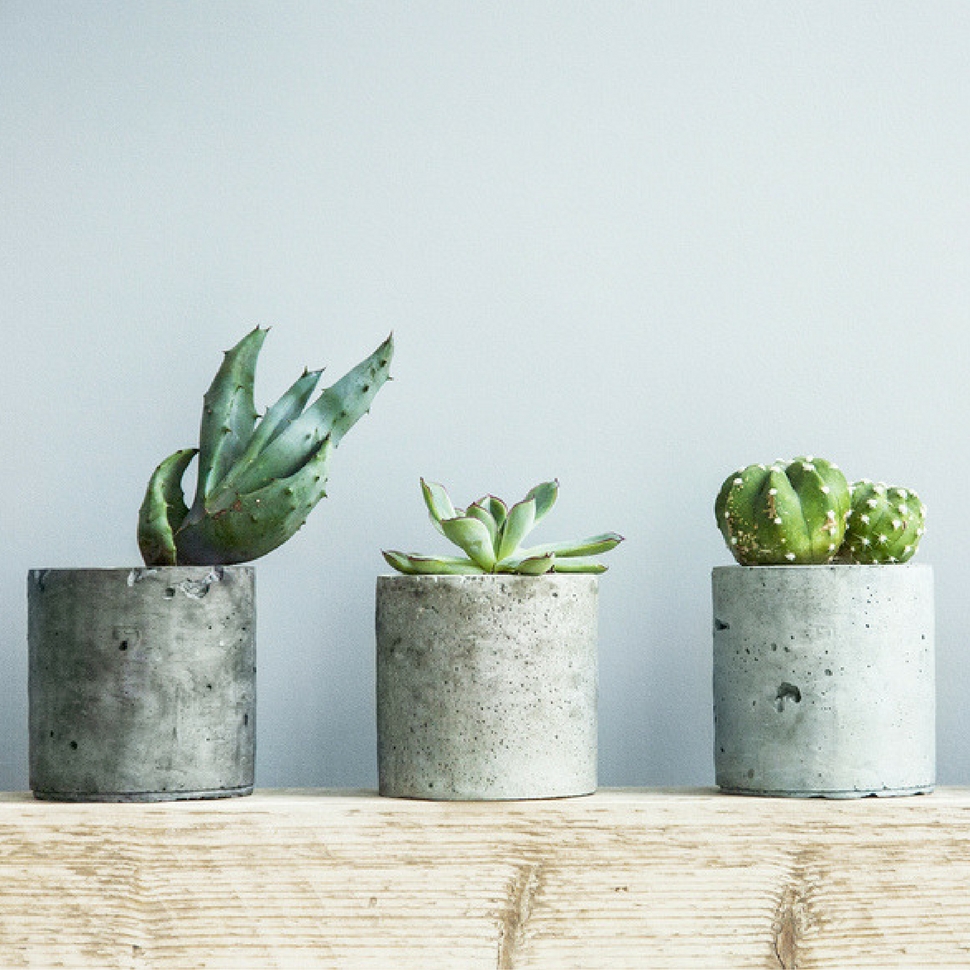Talk around plants in office space is not new. Biophilic design approaches have been around for a while and various studies, as well as stats have shown that it’s beneficial to have green life around you while working.
Most of this talk, however, has solely focused on well-being in the office: plants help direct and guide energy in spaces; they help balance each individual’s energy among electronic devices; the color green visually suggests relaxation; plants improve air flow, which leads to better moods and improved concentration, ergo more productivity.
Without a doubt, workspace providers have abundant reasons to add green elements to their spaces, for the sake of well-being and (let’s be honest) for the sake of marketing as well. And if you’re still not yet fully convinced, we’re about to give you another reason to include plants in your office space–especially if you’re an open workspace provider.
We’ve heard of plants absorbing energy, but that’s not all that they absorb. Somewhere among all the talk about wellbeing and energy talk, noise was left out and lost.
Open workspaces have been highly criticized for the high noise levels present in them. In fact, this might be the number one issue going against open workspaces and one that deters many from trying them out. Noise is unavoidable; the sound of fingers typing away, the screeching sounds of some chairs, vibrating phones, people on video calls, colleagues working together, people snacking, air vents, heating systems–there’s no end to the list.
While we don’t expect workspaces to be noise-free, we do believe most members want lower noise levels. There are various way to approach this; during construction with construction materials, when laying out the space and deciding on furniture, including light noise absorbing materials like foam, and, today’s pick, using plants strategically.
There are three different ways in which plants can help reduce noise levels:
Sound absorption: roots, leaves, trunks, stems all absorb sound. Rough bark and thick, fleshy leaves are most effective for this type of noise reducing approach. Plants help reduce noise through this method by reducing or entrapping vibration and reverberation levels. These types of plants work best in spaces that have various hard surfaces.
Sound deflection: when sound waves hit plants instead of walls, the waves transform into different types of energy, allowing for the energy to deflect into different directions.
Sound refraction: sound refraction helps to reduce or eliminate echo in spaces. Plant refraction works a lot like carpeting in a home; using plants to cover surface areas can help eliminate echos by preventing sound waves from bouncing around.*
Having this in mind, there are different ways in which plants can be placed and used to help reduce noise levels. Think about distributing plants around your space instead of placing them all in one location. Consider positioning taller plants in big containers in corners and edges to prevent sound waves from bouncing and vibrating.
You can also choose to include small plants so that workers can place them around their individual workspace in order to minimize the amount of noise travelling around.
Some office plant examples:
[huge_it_slider id=”8″]
*Information taken from Ambius


 Dr. Gleb Tsipursky – The Office Whisperer
Dr. Gleb Tsipursky – The Office Whisperer Nirit Cohen – WorkFutures
Nirit Cohen – WorkFutures Angela Howard – Culture Expert
Angela Howard – Culture Expert Drew Jones – Design & Innovation
Drew Jones – Design & Innovation Jonathan Price – CRE & Flex Expert
Jonathan Price – CRE & Flex Expert










